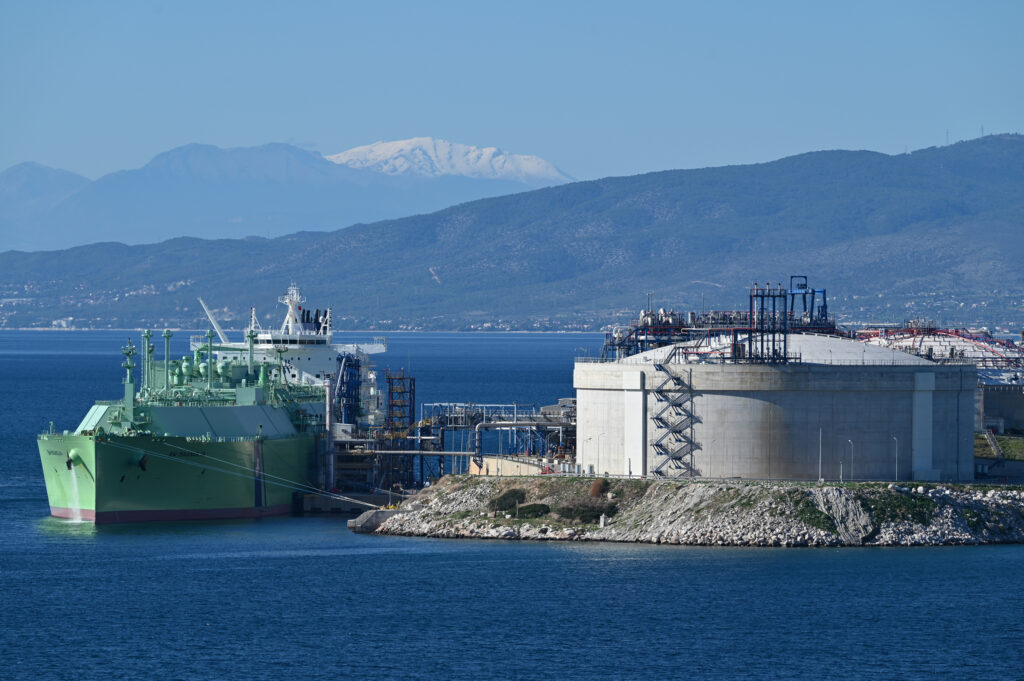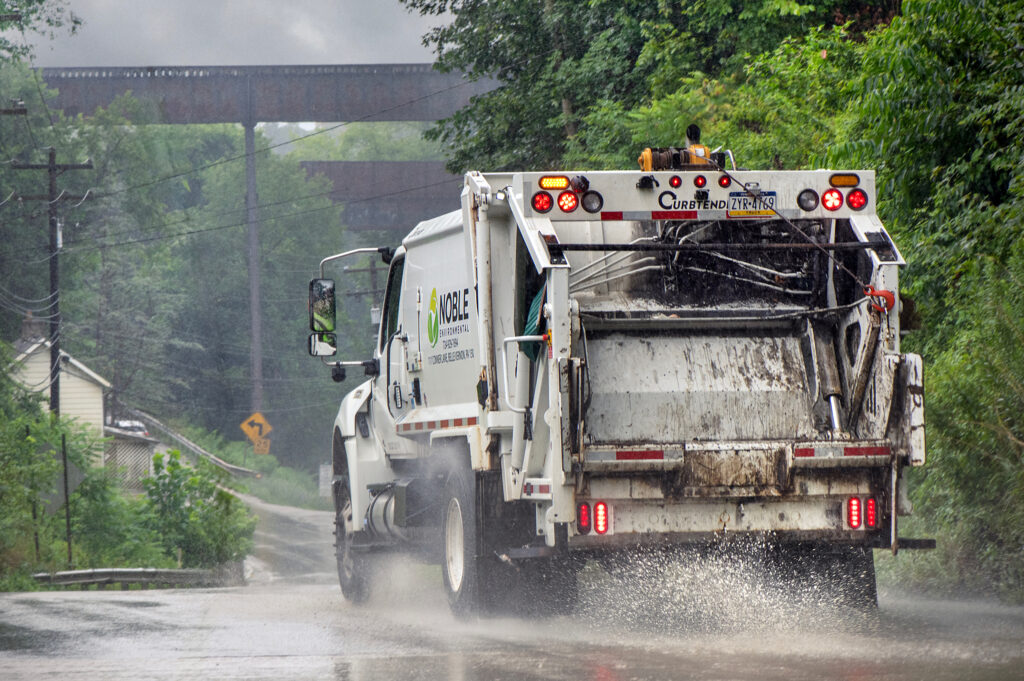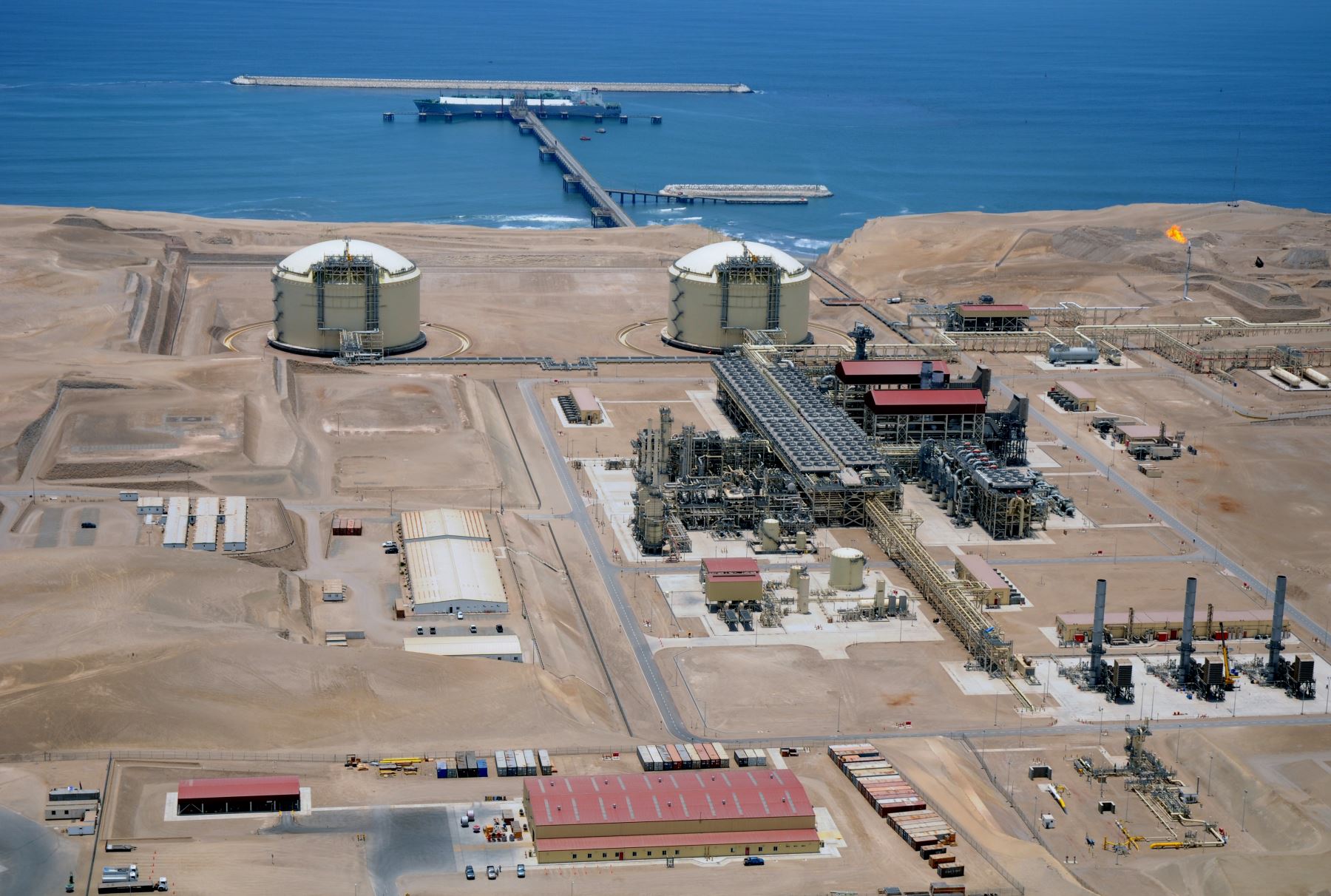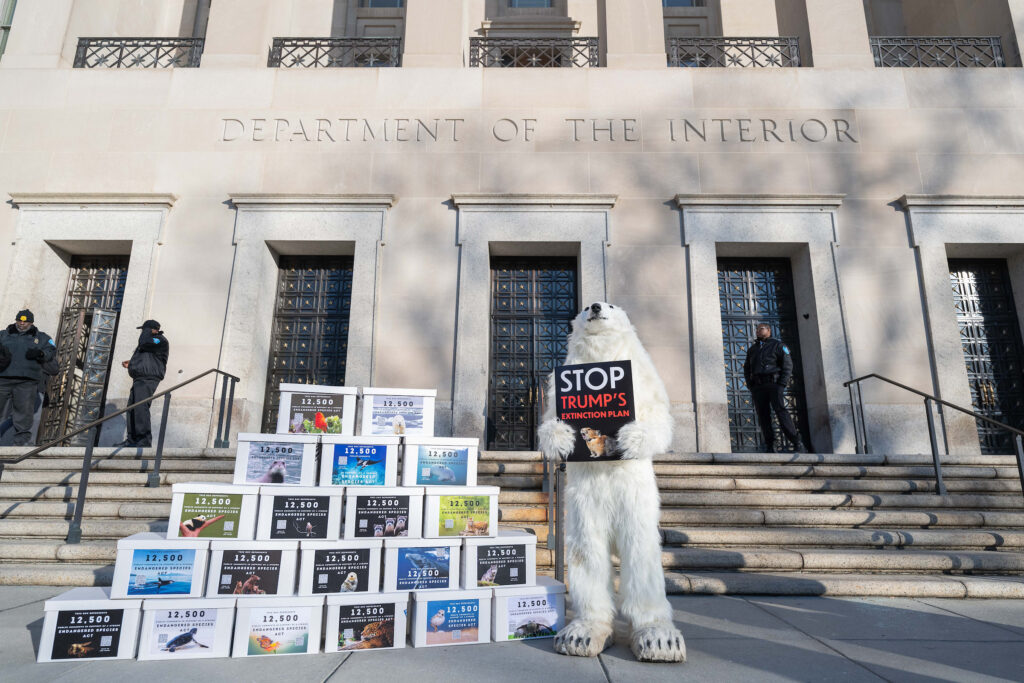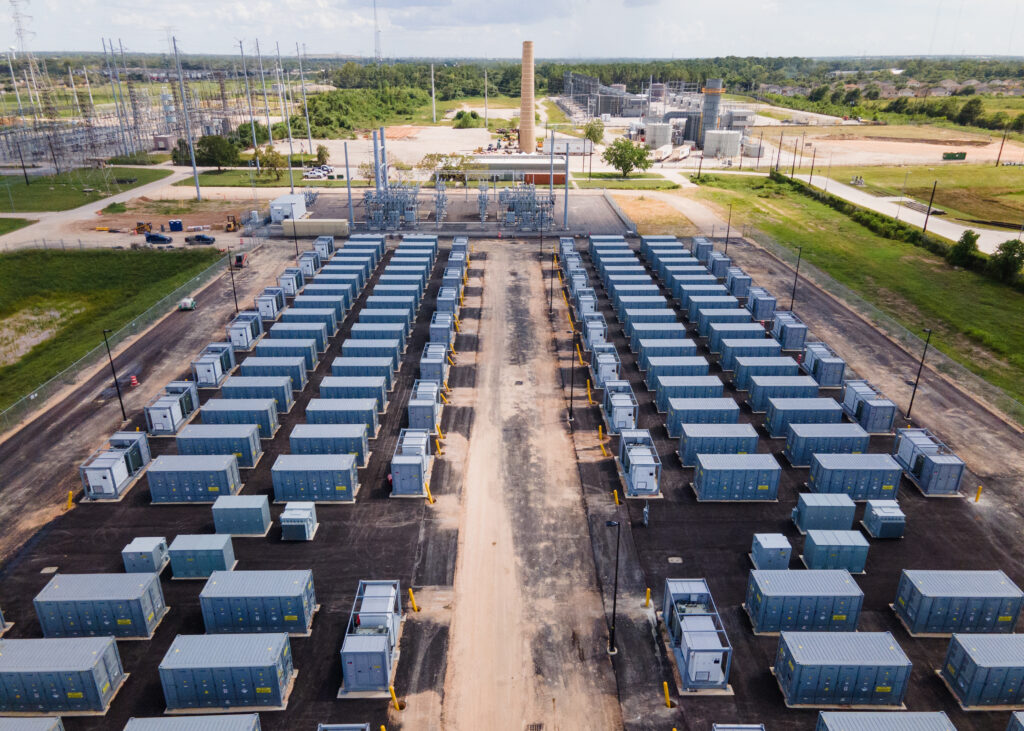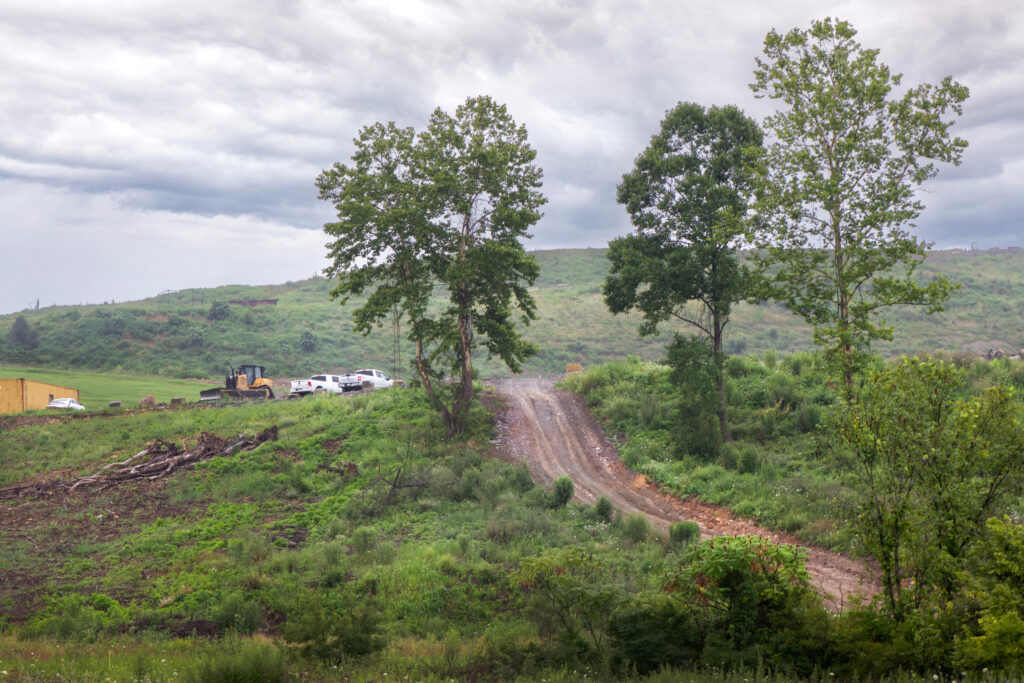After a year of political and economic upheaval, the movement to transition the American steel industry away from fossil fuels faces opportunities and growing challenges, according to three new reports.
“There is so much changing at the federal level and so much happening within the steel industry,” said Justine Hackimer, a co-author of the Ohio River Valley Institute’s report, which focuses on the potential economic benefits of adopting green steel in the U.S. and especially in western Pennsylvania, where U.S. Steel is headquartered.
Green steelmaking replaces the fossil fuels that have long powered the steel industry with alternatives such as hydrogen to lower greenhouse gas emissions and air pollution. Steel manufacturing is a major source of emissions worldwide, and its decarbonization is seen as a key hurdle in the fight to combat climate change.
Headwinds for steel decarbonization in the U.S. include the Trump administration’s cancellation of federal funding for green hydrogen projects and its prioritization of coal as a fuel source. In June, amid uncertainty about the future of a proposed hydrogen hub in the region, the Ohio-based steel company Cleveland-Cliffs canceled a $500 million government-backed hydrogen-fueled project.
President Donald Trump’s One Big Beautiful Bill Act also shortened the lifespan of the clean hydrogen production tax credit, which was created by the Inflation Reduction Act. The tax credit will now require producers to start construction by 2027 rather than 2032.
Seventy-five percent of green hydrogen projects in the pipeline will likely not be able to meet this deadline, according to an analysis by Wood Mackenzie, the global consultancy group. The tax credit change favors the adoption of blue hydrogen, made using natural gas, over green hydrogen, powered with renewables.
Without government incentives and in an unstable economic environment, steel companies are much less likely to invest in the technology and infrastructure needed to decarbonize, experts warn.
“It is incredibly expensive to do anything in steel,” Hackimer said. “These are big investments.”
The impact of other factors, including the administration’s 50 percent tariffs on steel and the sale of U.S. Steel to the Japanese company Nippon Steel, is more uncertain. Nippon could invest in modernizing and decarbonizing the facilities it now owns in the U.S.—or it could choose to update in a way that entrenches coal-based steelmaking for decades to come.
It’s still unclear whether Trump’s increased steel tariffs will stimulate primary steel production as opposed to recycled steel made from scrap, which is now the main source of steel made in the U.S. So far, Hackimer said, investments made in the aftermath of the tariff policy change have largely been in recycled steelmaking, not the primary steelmaking that the administration contends is important for national security.
“Everything just kept coming back to this premise that U.S. primary steel making is falling further behind, particularly because other regions are still working on a transition to decarbonize,” Hackimer said of her report’s conclusions.
Signs that China may be moving away from coal-based steelmaking and European investments in and government incentives for clean hydrogen and decarbonization mean that America could end up out of step with demand in the global steel market, the report argues.
The Natural Resources Defense Council also published two reports on clean hydrogen technology this month. The first report concludes that adopting hydrogen will yield the most significant climate benefits in industries such as fertilizer, steel and marine shipping. Hydrogen powered by renewable energy is also far more effective at reducing emissions than blue hydrogen, the NRDC said.
The second report, written by the environmental consultancy firm David Gardiner and Associates for the group, provides recommendations for state policymakers to incentivize the adoption of clean hydrogen technology in sectors like Pennsylvania’s steel industry and California’s fertilizer production.
“With federal support severely cut back, states can step up and pave the way for clean technology investments in the long run,” the NRDC concluded.
Industrious Labs, a nonprofit that works to decarbonize heavy industry, sees bright spots for lowering emissions even as government support has fallen away. In a statement, senior communications strategist Ariana Criste pointed to news about a green steel mill being built in Louisiana by Hyundai and other lower-carbon initiatives recently announced by Toyota and Swedish steel company SSAB.
“Despite the federal government pulling back on clean manufacturing investments, the steel industry is still moving forward,” she said.
About This Story
Perhaps you noticed: This story, like all the news we publish, is free to read. That’s because Inside Climate News is a 501c3 nonprofit organization. We do not charge a subscription fee, lock our news behind a paywall, or clutter our website with ads. We make our news on climate and the environment freely available to you and anyone who wants it.
That’s not all. We also share our news for free with scores of other media organizations around the country. Many of them can’t afford to do environmental journalism of their own. We’ve built bureaus from coast to coast to report local stories, collaborate with local newsrooms and co-publish articles so that this vital work is shared as widely as possible.
Two of us launched ICN in 2007. Six years later we earned a Pulitzer Prize for National Reporting, and now we run the oldest and largest dedicated climate newsroom in the nation. We tell the story in all its complexity. We hold polluters accountable. We expose environmental injustice. We debunk misinformation. We scrutinize solutions and inspire action.
Donations from readers like you fund every aspect of what we do. If you don’t already, will you support our ongoing work, our reporting on the biggest crisis facing our planet, and help us reach even more readers in more places?
Please take a moment to make a tax-deductible donation. Every one of them makes a difference.
Thank you,






